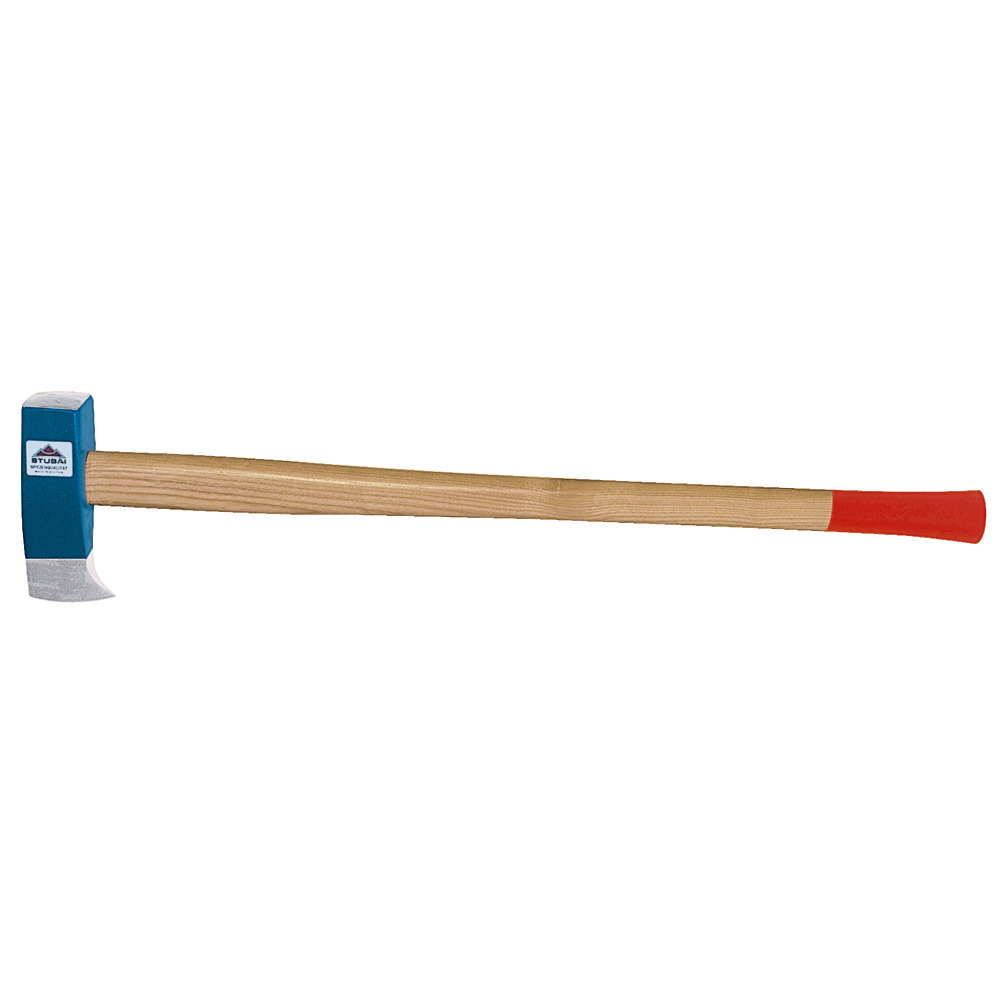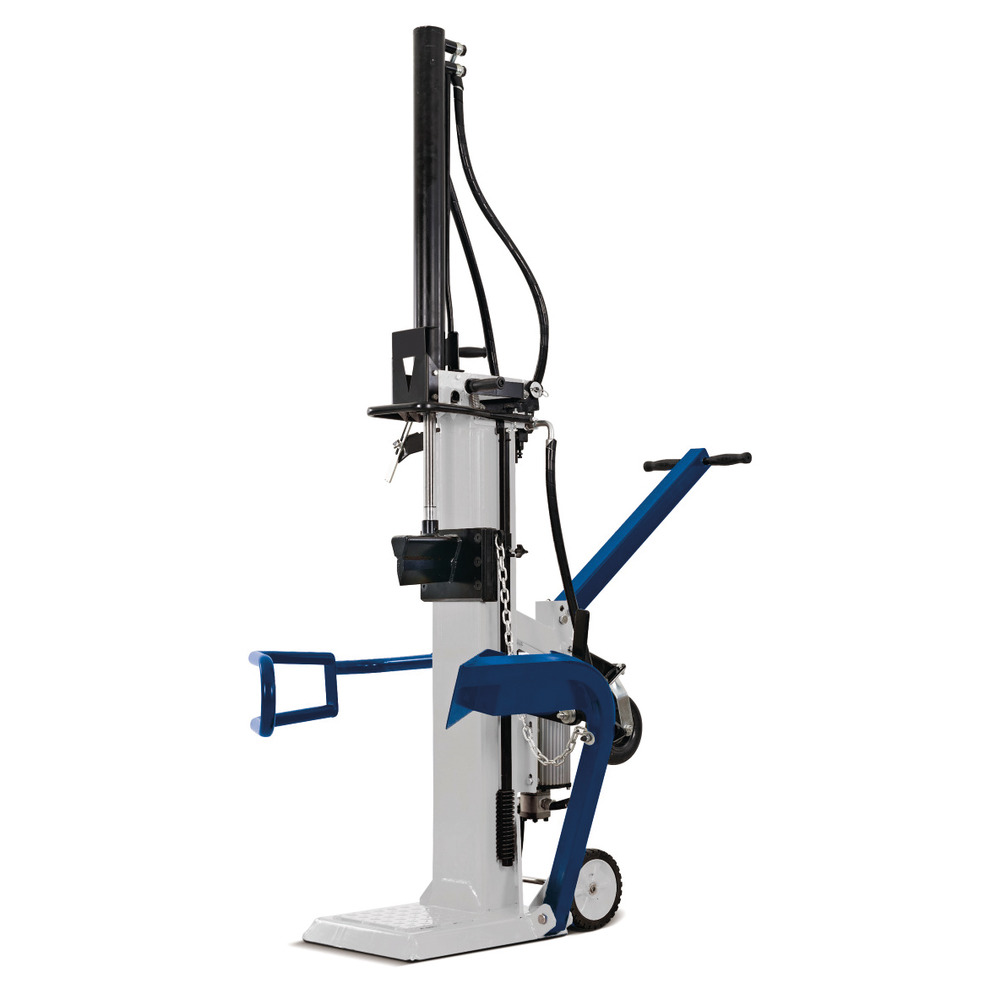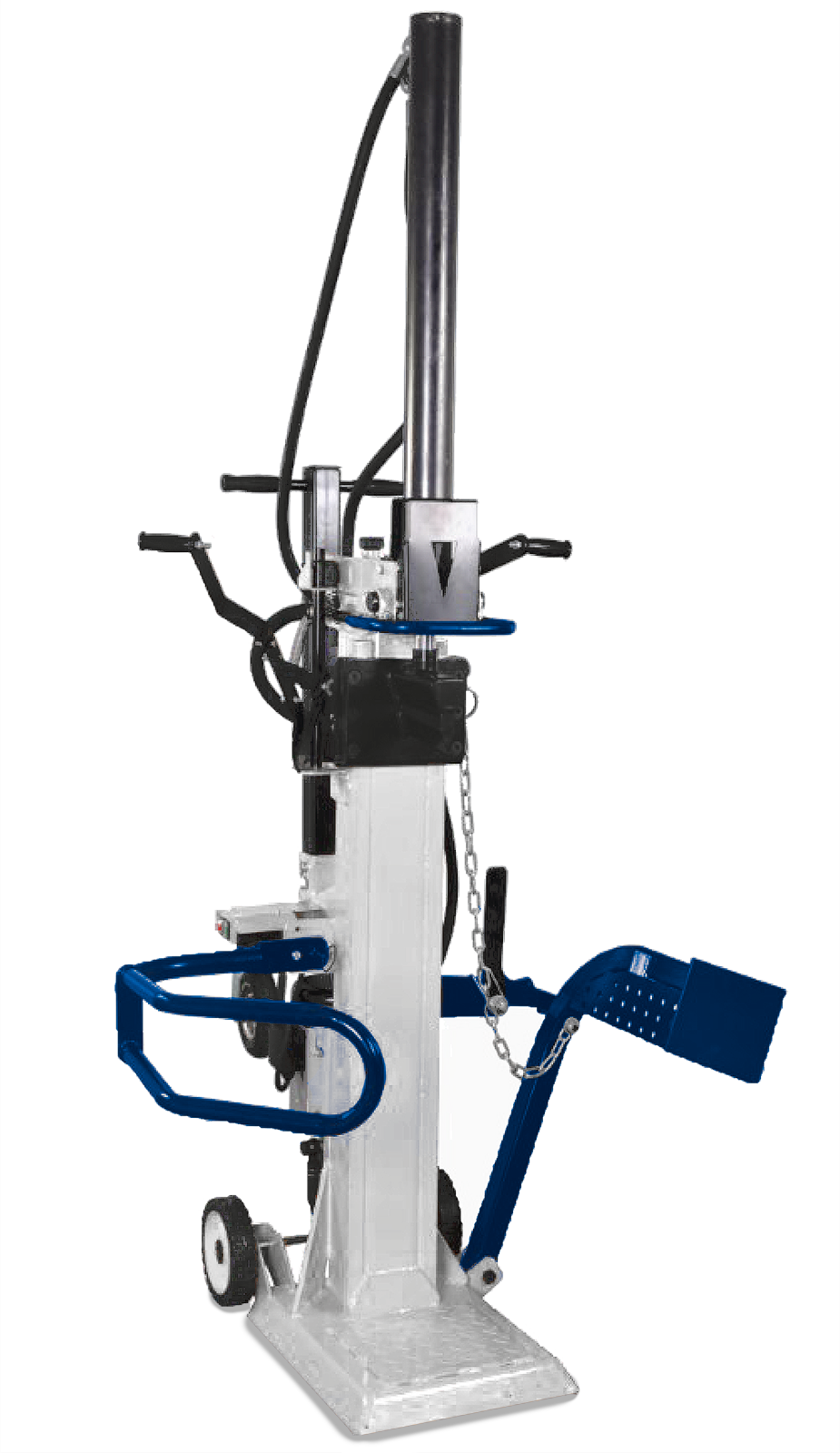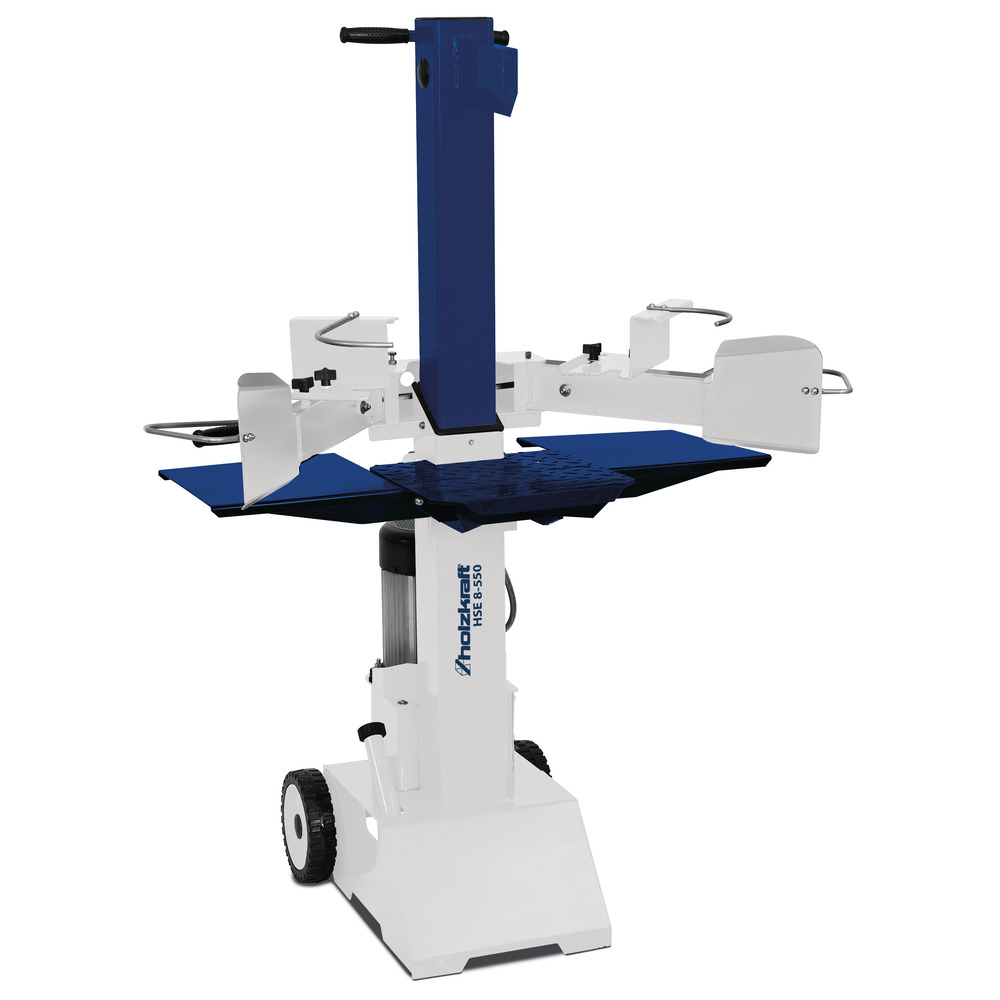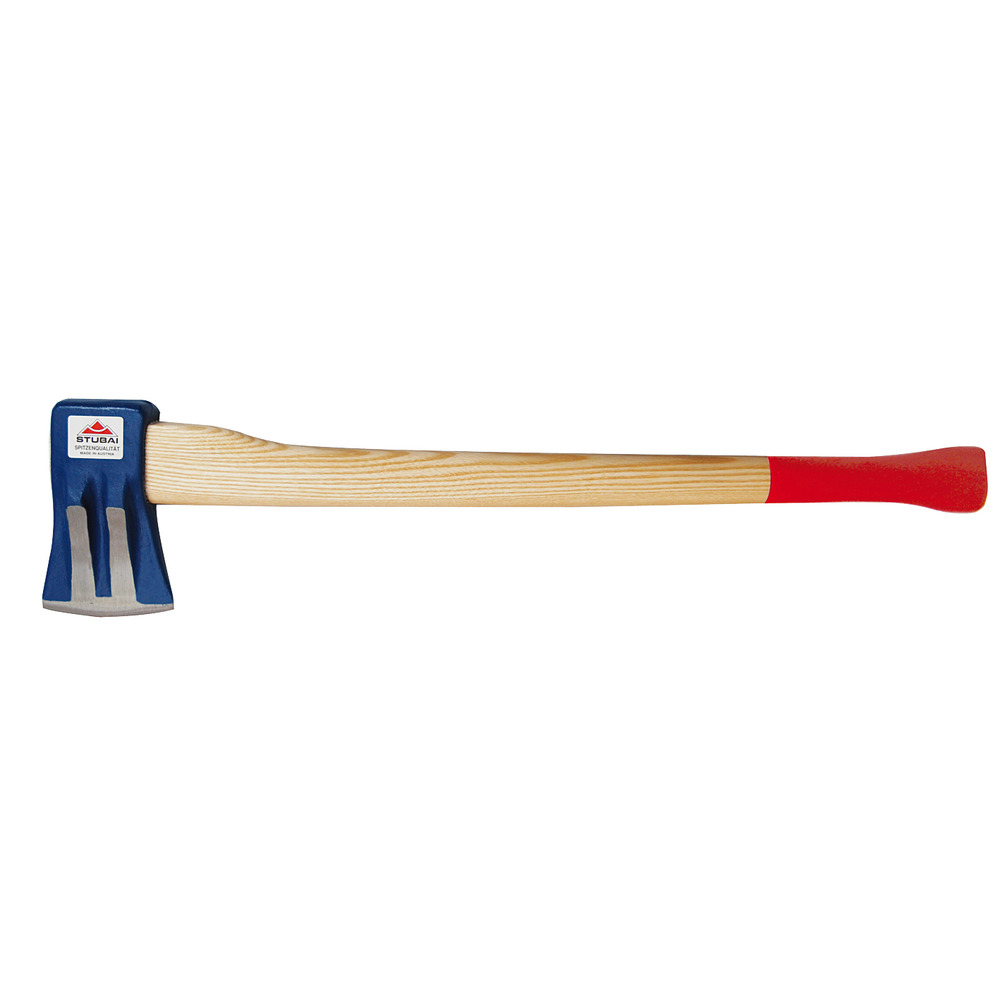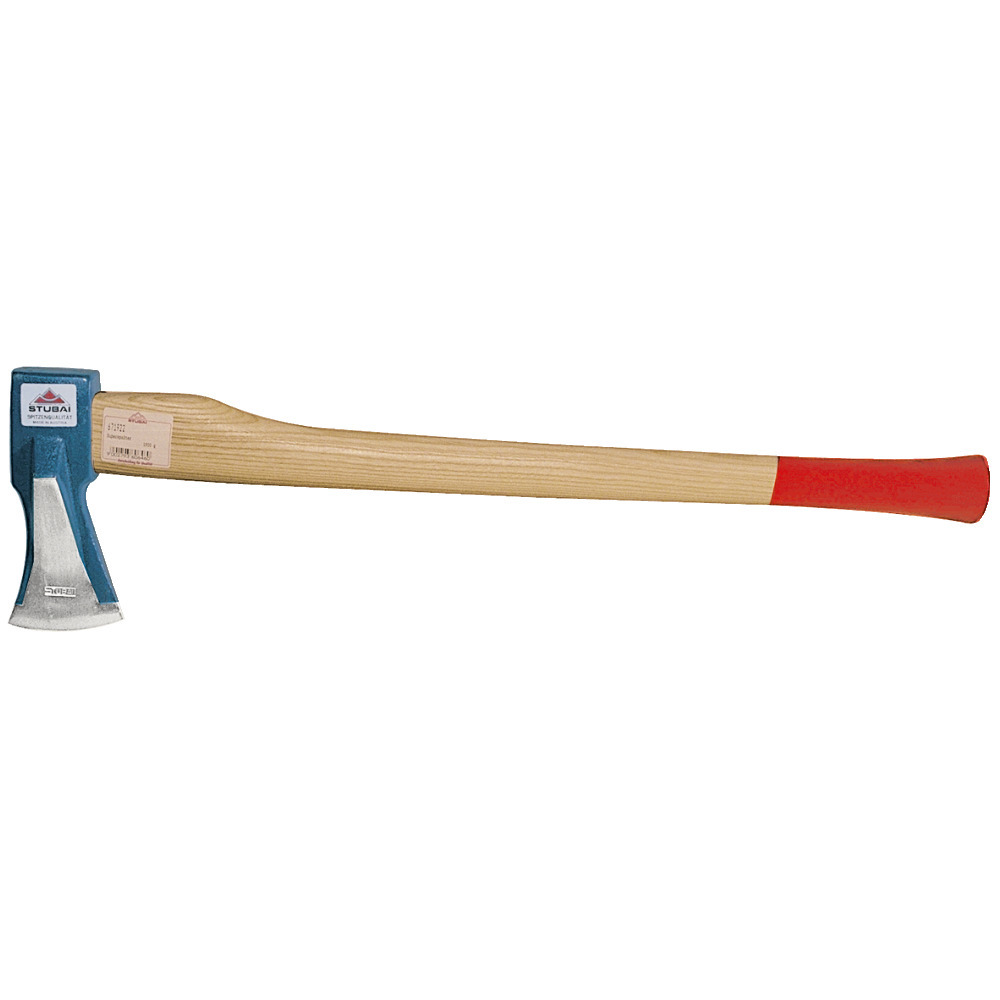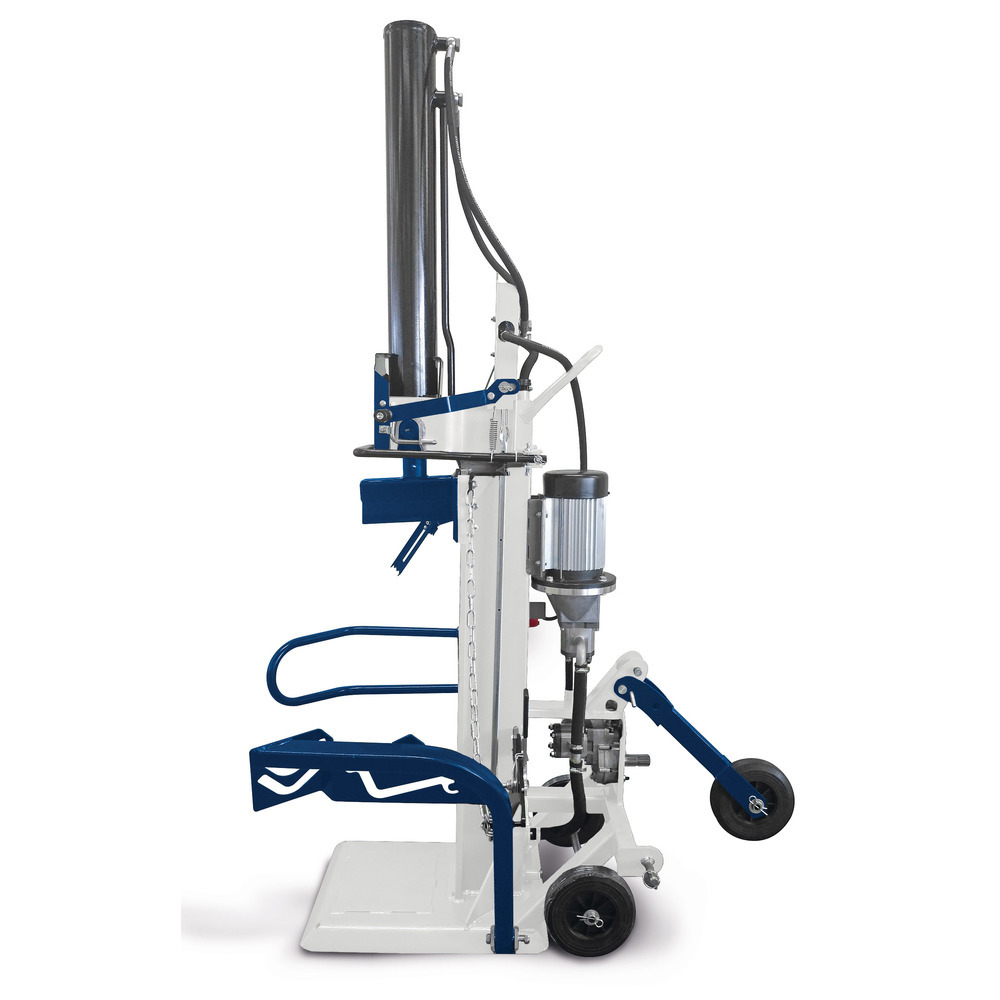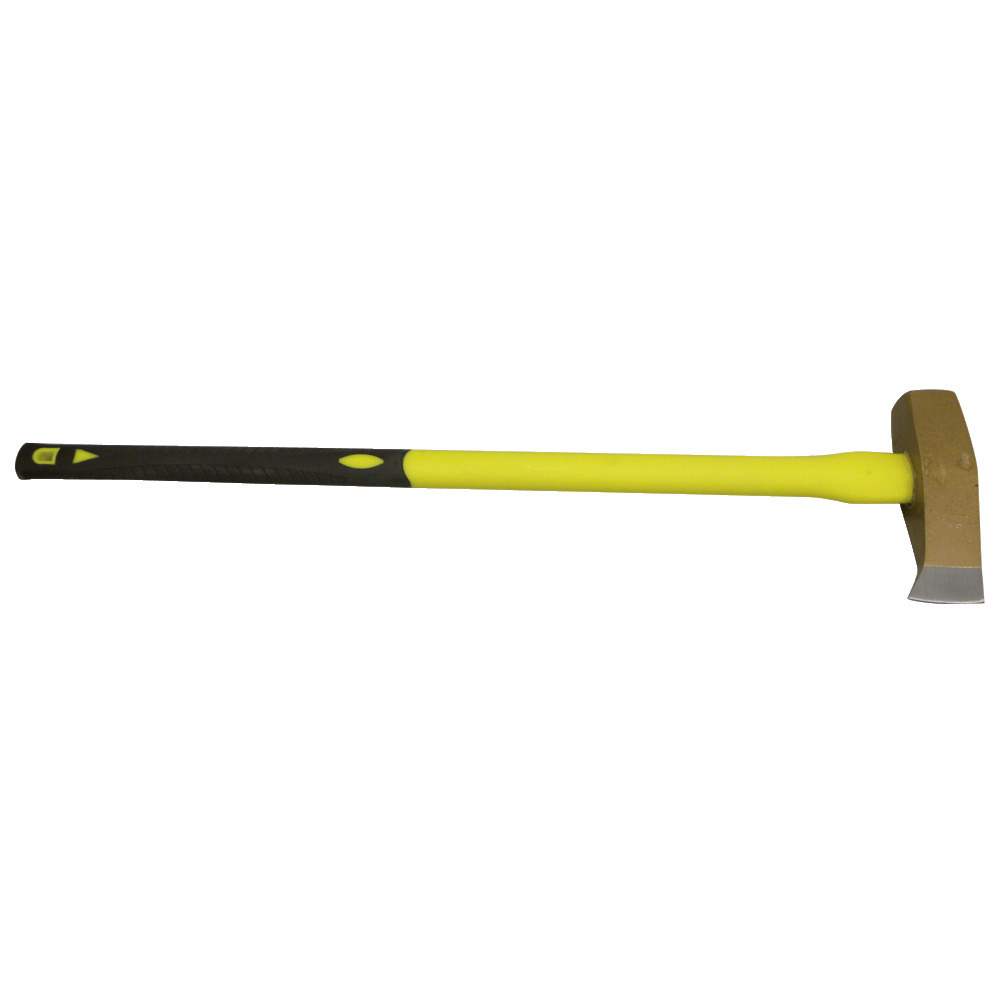16/01/2024
Log splitter - safe handling
Source: www.svb.at
For thousands of years, humans have used the renewable energy of wood for heating. Combustion technology has improved significantly, but splitting wood and cutting logs short are still important steps in the process.
During forestry work, the healthy cutting of brown logs often results in meter-long logs that can be used for firewood. Tractor-mounted log splitters are often used in the forest to split and store the meter-long logs directly in the forest for forest conservation reasons.
For years now, due to machinery safety regulations, you have only been able to buy splitters that ensure that you cannot reach into the splitting area. This is usually ensured by two-hand operation. Both hands must pull the release levers at the same time. This two-hand operation is very reliable. The argument that crookedly cut meter-long pieces fall over before splitting because you don't have a free hand to hold them has been refuted by several machine manufacturers with various additional devices. There are many suitable precautions on the market, from angled splitting wedges that clamp the log, to a pointed mandrel, to split splitting wedges that fix the log in place in the first pass and only then split it with pressure. A warning should be given against the bad habit of converting a two-hand control to one-hand operation by using various brackets. If you intentionally disable a safety device, you must be aware of the legal consequences in the event of an accident, especially if third parties are involved.
Cone splitters pose an extreme risk of accidents. Clothing often becomes entangled in the cone, resulting in serious and often fatal accidents. Even the presence of an emergency stop bar often fails to protect against accidents. This outdated technology of cone splitters should therefore be abandoned and these dangerous machines replaced with another type of wood splitting.
New technology has also significantly reduced the number of accidents with short log splitters. With older models, the splitting process was triggered by a foot pedal. However, after several hours of work, the body's attention span diminishes, and routine causes movements to become automated. Usually, a brief moment of distraction is enough for the foot to automatically press the splitting wedge trigger while the hand is still under the wedge.

